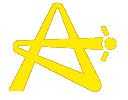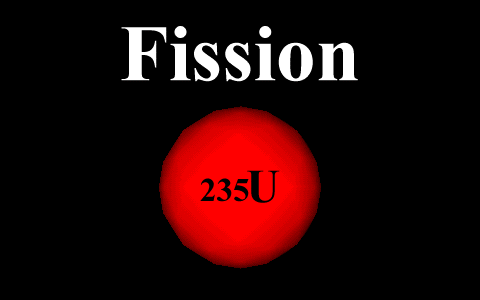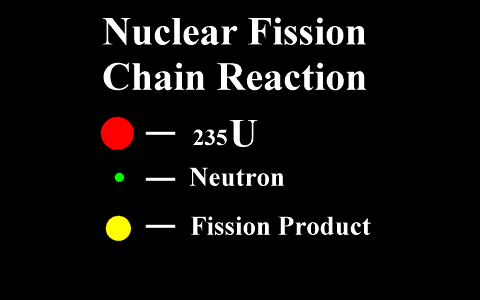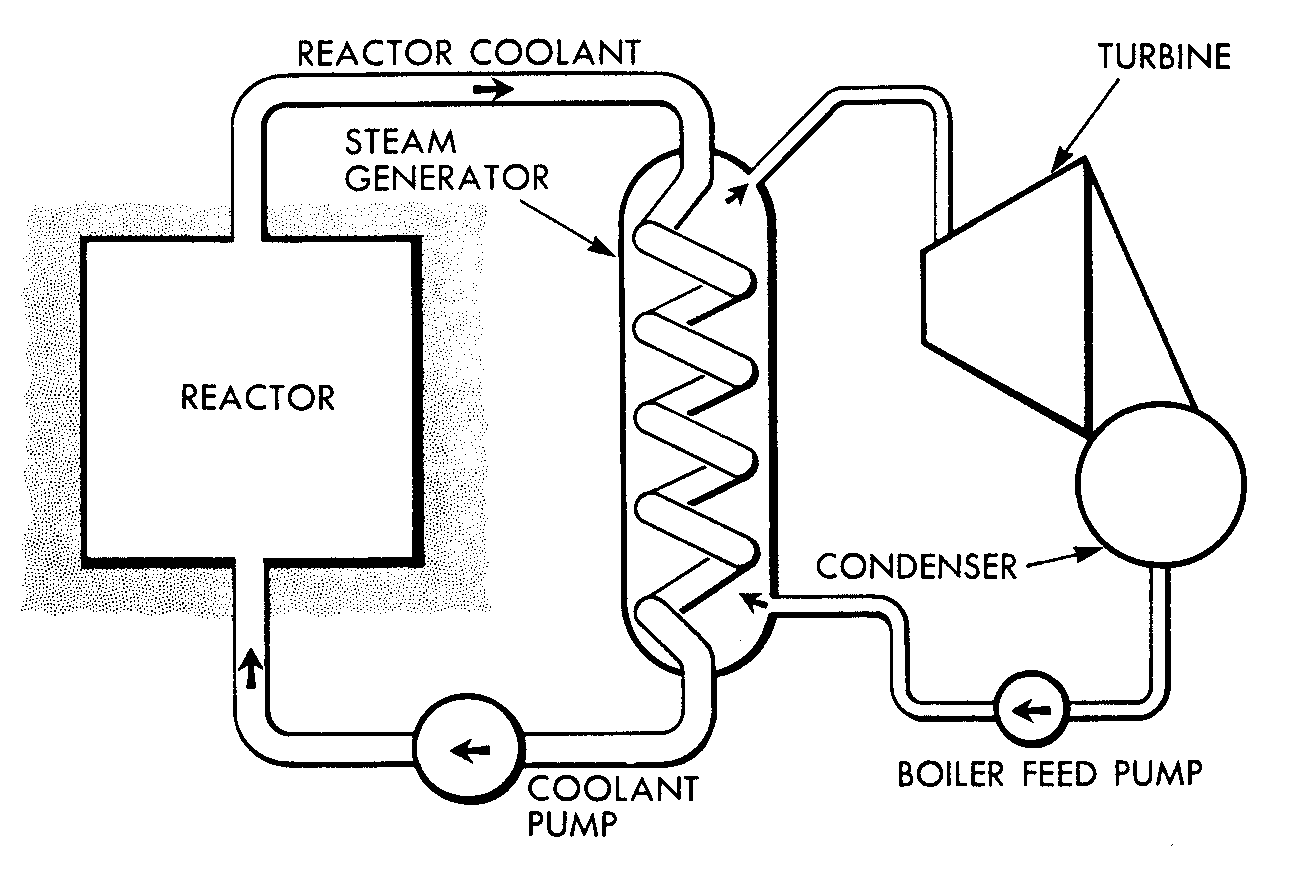 A
Reactor in a Nutshell
A
Reactor in a Nutshell| HOME |  A
Reactor in a Nutshell A
Reactor in a Nutshell |
To make sense of nuclear reactor design in general, and CANDU design in particular, the reader needs to have some familiarity with a few key nuclear concepts and phenomena. In a nutshell, slow neutrons (called thermal neutrons) can initiate a fission of uranium 235 (U-235), an isotope of uranium that occurs in nature. Natural uranium that is mined from the ground is 0.7% U-235 and 99.3% U-238. The result of the fission is fission products that are radioactive, radiation, fast neutrons and heat. The fast neutrons have a low probability of inducing further fissions, and hence generating more neutrons thus sustaining a chain reaction. So we need to slow down the neutrons (i.e., thermalize or moderate them), which we do by using a moderator such as water. We also need to remove the heat generated. We control the process by controlling the number of neutrons since the number of fissions per second (and hence the heat produced) is proportional to the number of neutrons present to induce the fissions.
From this we can directly derive the basic functional requirements of a reactor. We need:
 |
 |
|
| Animations from Atomic Alchemy: Nuclear Processes | ||
Heat engines - to take away the heat generated by fissioning
The fissioning process generates heat. We typically use the 'heat engine' process to turn this heat into a more useable (that is, flexible, transportable, convenient ...) form of energy. The heat produced by fissioning in the fuel heats up the fuel and the coolant surrounding the fuel. This heat is used to boil water and the resulting steam drives a turbine which drives an electrical generator. Electricity is a very convenient form of energy - today it is so ubiquitous that is is hard to imagine life without it.

For more on heat engines, check out section 2.1 of Design Requirements and Engineering Considerations (pdf 314kb) for a quick introduction and Chapter 4 Thermodynamics (pdf 173kb) for a more in-depth engineering discussion.